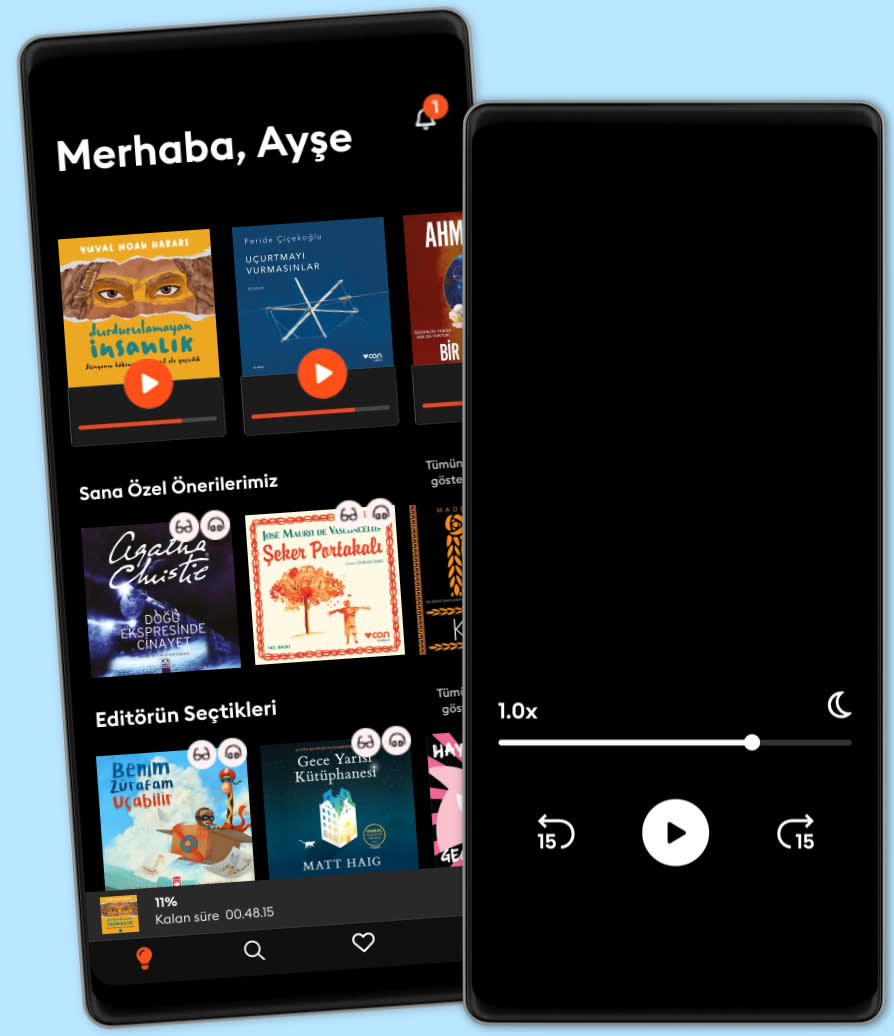Dinle ya da oku
Sesli kitapların büyülü dünyasına adım at.
- İlk 2 ay ₺99,99/ay
- Binlerce sesli kitap ve e-kitap.
- Dilediğin kadar dinle ya da oku.
- Çevrimdışı modu.
- İstediğin zaman iptal et.

Not Exactly Lying: Fake News and Fake Journalism in American History
- Yazan
- Seslendiren
- Yayınevi
- Süre
- 13sa 18dk
- Dil
- İngilizce
- Format
- Kategori
Tarih
Long before the current preoccupation with "fake news," American newspapers routinely ran stories that were not quite, strictly speaking, true. Today, a firm boundary between fact and fakery is a hallmark of journalistic practice, yet for many readers and publishers across more than three centuries, this distinction has seemed slippery or even irrelevant. From fibs in America's first newspaper about royal incest to social media-driven conspiracy theories about Barack Obama's birthplace, Andie Tucher explores how American audiences have argued over what's real and what's not and why that matters for democracy.
Around the start of the twentieth century, journalists who were determined to improve the reputation of their craft established professional norms and the goal of objectivity. However, Tucher argues, the creation of outward forms of factuality unleashed new opportunities for falsehood: News doesn't have to be true as long as it looks true. Propaganda, disinformation, and advocacy—whether in print, on the radio, on television, or online—could be crafted to resemble the real thing. This "fake journalism" became inextricably bound up with right-wing politics, to the point where it has become an essential driver of political polarization. This book is a timely consideration of what happens to public life when news is not exactly true.
© 2022 Tantor Media (Sesli Kitap): 9781666153866
Yayın tarihi
Sesli Kitap: 8 Mart 2022
Etiketler
Bunları da beğenebilirsin...
- QAnon and On: A Short and Shocking History of Internet Conspiracy Cults Van Badham
- The CIA as Organized Crime: How Illegal Operations Corrupt America and the World Douglas Valentine
- The Columnist: Leaks, Lies, and Libel in Drew Pearson's Washington Donald A. Ritchie
- Empire of Pain: The Secret History of the Sackler Dynasty Patrick Radden Keefe
- Antisocial: How Online Extremists Broke America Andrew Marantz
- City of Newsmen: Public Lies and Professional Secrets in Cold War Washington Kathryn J. McGarr
- In Defence of Witches: Why women are still on trial Mona Chollet
- The Week: A History of the Unnatural Rhythms That Made Us Who We Are David M. Henkin
- The New Confessions of an Economic Hit Man John Perkins
- The Theft of India : The European Conquests of India, 1498-1765 Roy Moxham
- Rezonans Kanunu Pierre Franckh
4.3
- İnce Memed 1 Yaşar Kemal
4.9
- Dünyanın En Önemli Öğrencisi Şermin Yaşar
4.7
- Beni Gözünüzde Büyütmeyin! Gülse Birsel
4.6
- Yırtıcı Kuşlar Zamanı Ahmet Ümit
4.7
- İnce Memed 2 Yaşar Kemal
4.8
- Gece Yarısı Kütüphanesi Matt Haig
4.6
- Kral Kaybederse Gülseren Budayıcıoğlu
4.7
- Palto Nikolay Gogol
4.6
- 4 Gün 3 Gece Ayşe Kulin
4.1
- Bir Delinin Hatıra Defteri Nikolay Gogol
4.3
- İnce Memed 3 Yaşar Kemal
4.9
- Kürk Mantolu Madonna Sabahattin Ali
4.5
- Handan Ayşe Kulin
4.2
- İnsan Ne İle Yaşar Lev Nikolayeviç Tolstoy
4.6
Storytel dünyasını keşfet:
Kids mode
Çevrimdışı modu
İstediğin zaman iptal et
Her yerde erişim
Sınırsız
Sınırsızca dinlemek ve okumak isteyenler için.
1 hesap
Sınırsız erişim
İstediğin zaman iptal et
Sınırsız Yıllık
Sınırsızca dinlemek ve okumak isteyenler için.
1 hesap
Sınırsız erişim
İstediğin zaman iptal et
Aile (2 hesap)
Hikayeleri sevdikleri ile paylaşmak isteyenler için.
2 hesap
Sınırsız erişim
İstediğin zaman iptal et
Aile (3 hesap)
Hikayeleri sevdikleri ile paylaşmak isteyenler için.
3 hesap
Sınırsız erişim
İstediğin zaman iptal et
Türkçe
Türkiye